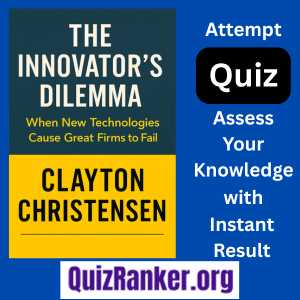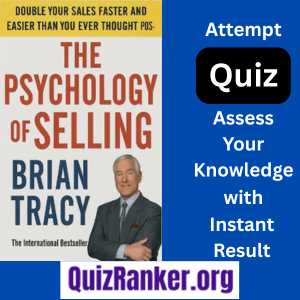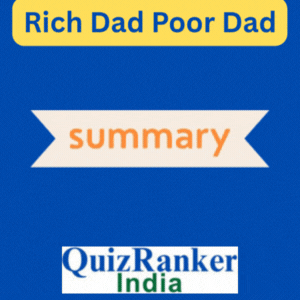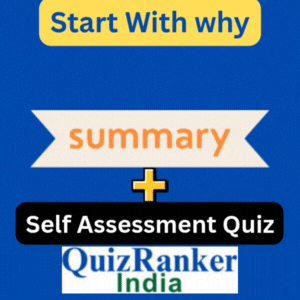Discover key ideas from The Innovator’s Dilemma by Clayton Christensen in English and Hindi. Take the Book quiz to test your understanding of innovation and business disruption.
Book Quiz: The Innovator’s Dilemma by Clayton Christensen
- View Audiobook Summary
- Buy this book and study physical books
FAQS from The Innovator’s Dilemma by Clayton books
Q1: What is the main concept of “The Innovator’s Dilemma”?
Ans1: The main concept is that successful companies can fail by ignoring disruptive innovations. They often focus too much on sustaining innovations that serve their existing customers, leaving them vulnerable to new technologies that create entirely new markets.
Q2: Why do large companies struggle with disruptive technologies?
Ans2: Large companies typically focus on the needs of their most profitable customers. They tend to overlook disruptive technologies because these innovations often target smaller, emerging markets that initially appear unprofitable.
Q3: What are disruptive innovations?
Ans3: Disruptive innovations are technologies or processes that initially underperform in mainstream markets but eventually improve and displace established competitors by creating new markets or dramatically transforming existing ones.
Q4: What is a Value Network, according to “The Innovator’s Dilemma”?
Ans4: A Value Network refers to the ecosystem of customers, suppliers, and competitors that define how a company creates value. It affects the company’s decisions and ability to adopt new innovations.
Q5: How can companies protect themselves from the Innovator’s Dilemma?
Ans5: Companies can create separate teams or divisions that focus on exploring disruptive innovations, which allows them to test and scale new technologies without the constraints of their existing business model.
Q6: Why do customers often reject disruptive innovations initially?
Ans6: Customers reject disruptive innovations because these products often underperform in comparison to existing ones. They don’t meet the needs of the mainstream customers initially, leading to resistance.
Q7: What is the danger of only focusing on sustaining innovations?
Ans7: Focusing solely on sustaining innovations can lead to missed opportunities in disruptive markets. Companies become so focused on improving products for their current customers that they fail to notice emerging market trends and smaller competitors.
Q8: How do small, emerging markets contribute to disruptive innovations?
Ans8: Small markets allow disruptive innovations to take root and grow without facing immediate competition from established players. These markets provide room for new companies to develop simpler, cheaper alternatives that gradually gain traction.
Q9: What is the “Innovation Trajectory” discussed in the book?
Ans9: The “Innovation Trajectory” is the path that technological advancements take as they improve over time. Companies that succeed with sustaining innovations typically focus on this trajectory, while disruptive innovations follow a different, often slower path that initially underperforms but eventually overtakes established products.
Q10: What advice does the book give for companies facing disruptive threats?
Ans10: The book advises companies to be open to change and to invest early in disruptive innovations. They should not ignore small or low-margin markets, as these can become the foundation for future growth and success.
World Top Self Help Audiobook with Quiz
Total Views: 6





























